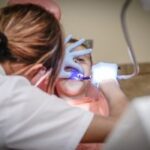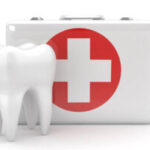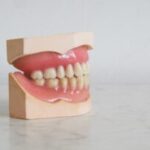Sleep is essential to human wellbeing, helping maintain both physical and mental wellbeing. Unfortunately, for many adults the dream of an uninterrupted night’s rest remains out of reach; with millions worldwide suffering from various sleep disorders.
This article delves into the prevalence of adult sleep disorders, offering insight into all of the conditions that disrupt our slumber.
Sleep Quality
Quality rest is integral for overall health and productivity, from maintaining cognitive functions, emotional well-being, and physical well-being, all the way through to productivity and overall well-being.
Unfortunately, many adults struggle with sleep issues that interfere with daily lives. Learn about the profound repercussions of sleeping disorders and discover effective solutions that ensure restful nights’ rest.
Common Sleep Disorders Source: Starmedicalassociates.com
Insomnia, one of the most prevalent sleep disorders among adults, can be defined as difficulty falling asleep, staying asleep through the night, or experiencing non-restorative rest. Stress, anxiety and lifestyle factors often play a part in insomnia resulting in daytime fatigue, irritability and impaired concentration – making for an unpleasant condition which hinders performance at work or school.
Sleep Apnea
Sleep apnea is a potentially serious disorder in which breathing repeatedly stops and starts during sleep, often resulting in loud snoring and severe fatigue during the daytime hours. Untreated Sleep Apnea increases risk for cardiovascular disease, stroke and other health complications; so early treatment is key.
Restless Leg Syndrome (RLS)
RLS is a neurological disorder characterized by the irresistible urge to move the legs, often with uncomfortable sensations attached. Nighttime symptoms become particularly disruptive, making sleep difficult. RLS can drastically disrupt patterns.
Narcolepsy is a chronic neurological condition that disrupts sleep-wake cycles in individuals’ brains. People living with this disorder experience sudden and uncontrollable episodes of daytime sleepiness accompanied by cataplexy (sudden muscle weakness). This disorder can impede daily activities and lead to accidents, often interfering with daily tasks and leading to serious consequences.
Prevalence and Impact
Research suggests that disturbances are far more widespread than previously believed. According to estimates from ems1.com, around one-third of adults report occasional insomnia while around 10% suffer from chronic insomia. Rest apnea affects up to 20% of adult population while restless leg syndrome and narcolepsy can have lasting repercussions for those affected.
Untreated disorders can have severe repercussions. Poor bedtime quality has been linked with an increased risk of chronic health conditions like diabetes, obesity and cardiovascular disease; workplace accidents occur more often as a result.
Finding Help and Treatment
Recognizing the signs is the first step toward improving sleep quality. If you suspect an issue may exist, consulting with healthcare professionals and receiving diagnosis. Studies are often performed at designated facilities before any necessary treatments can begin.
Treatment options depend on the nature and severity of each disorder; options could include lifestyle adjustments, cognitive-behavioral therapy, medication or the use of devices such as continuous positive airway pressure (CPAP) machines for sleep apnea.
Conclusion Adult sleep disorders have become an increasing burden to society, affecting millions of individuals worldwide and having serious repercussions for both physical and mental health.
Acknowledging signs and seeking appropriate treatment is vital to improving both quality and overall well-being. By confronting these issues head-on, we can work toward creating a world in which everyone enjoys restful and rejuvenating nights of sleep.



















+ There are no comments
Add yours